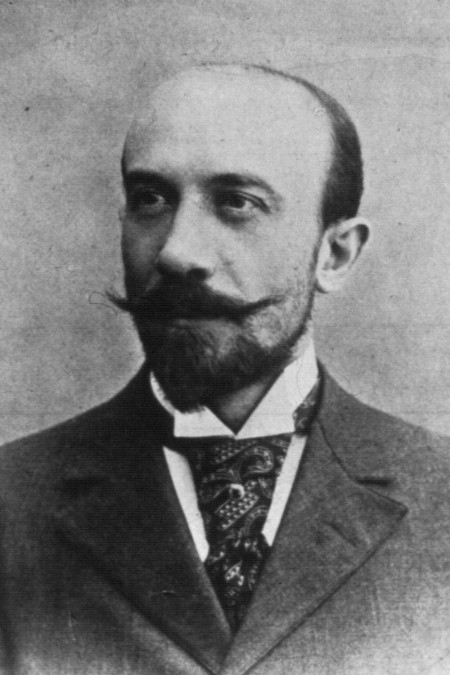Georges Méliès

Marie-Jean-Georges Melies, better known as Georges Melies, is considered one of the pioneers of fantasy films, as well as an absolute genius of silent film.
Son of wealthy shoes manufacturers in Paris, developed a passion for magic as a child, and despite his father’s wishes that he will dedicate himself to the family’s factory, decided to pursue his ambitions and moved to London. There, he started attending the magic theater Egyptian Hall in Piccadilly, where he met magicians and illusionists from which learned the first tricks of the trade and become a friend of David Devant, a magician expert in the art of levitation.
When in 1885 he returned to France, he got married with Eugenie Genin, and he had two sons. Meanwhile, he began working as a magician at the Theatre Robert-Houdin in Paris. Three years after, he decided to purchase the theater and assuming the direction, using a share of the inheritance left to him by his father.
The Melies adventure in filmaking began in 1895, when he saw the first screening by Lumiere Brothers in the Grand Café of the Boulevard des Capucines in Paris. Melies was fascinated by that invention and tried to buy a cinematograph from the Lumiere brothers, who refuse categorically. But the mustachioed magician not lose heart and decided to address his engineer to build himself a copy of that amazing invention. In 1896 he founded the Star Film, the first film production company, and a year later he built a studio in Montreuil, where between 1896 and 1912 he made more than 400 films of different genres, from comedy to burlesque fantastic, from the historic to science fiction, experimenting innovative techniques like slow motion, fades, overlaps and double exposure, using his magic tricks to create some of the greatest films of the time, including the famous A Trip to the Moon (1902), his greatest masterpiece.
Unfortunately Melies made the mistake of selling his films to distributors instead of rent, so as soon as his films went out of fashion, was forced to interrupt his film productions and return to his old magic shows. In 1914 he was definitively forced to quit by declaring bankruptcy; his theater was dismantled and his films sold for little money or destroyed.
For many years nobody knew anything about him, until he was found in 1928, selling candy and toys at a kiosk in the Paris-Montparnasse train station, in extreme poverty condition. Fortunately, a few years later, his creations was rediscovered by the surrealist movement and he was acclaimed as a brilliant pioneer by the trade press. In 1931 he made a Chevalier de la Légion d’honneur for artistic merit and was granted to him a pension by the Cinema Society.
He died a few years later, in 1938, just before most of his films were purchased to be restored by Henri Langlois, founder of the Cinémathèque française, which became a major film archives in the world.